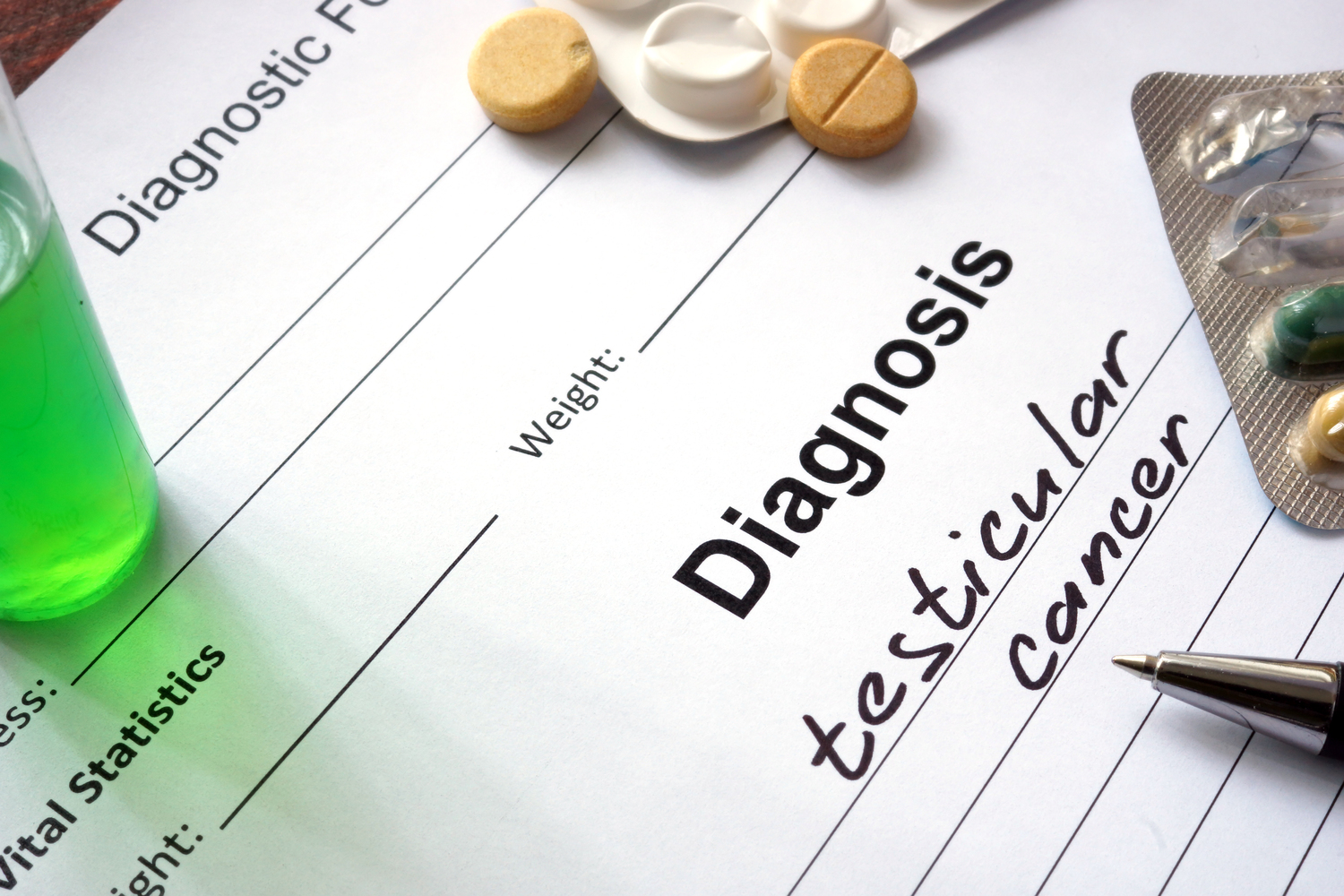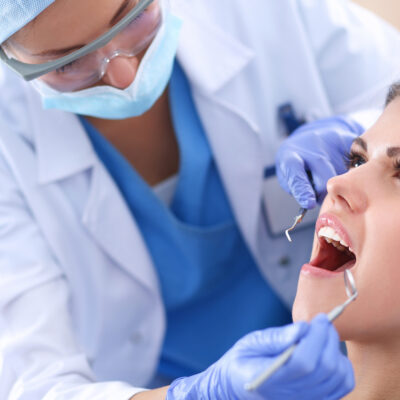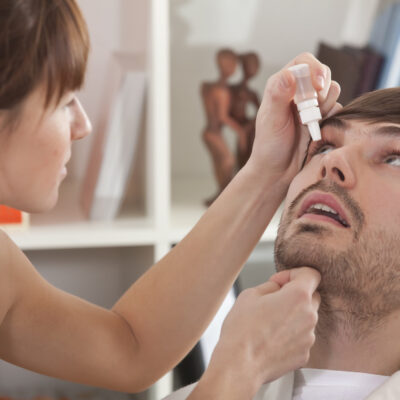
Testicular cancer – Its treatment
Once the tests confirm the occurrence of testicular cancer, the first option is always to surgically remove the testicle. Chemotherapy treatment is done only if the cancer has spread to other parts of the body. Chemotherapy before surgery is done only in severe situations. In most cases, chemotherapy or radiation begins only after the surgery is completed. It is highly effective and can rid the cancer cells as they are highly sensitive to it. It works effectively even if the cancer has spread, but it does not work to tackle teratoma, one of the germ cells.
Many of the nonseminomas are a combination of teratoma other types of germ cell tumors. Successful and effective treatment plans in these cases necessitate chemotherapy followed by surgery to remove the remaining tumor. For men diagnosed with early-stage seminoma or cancer that has spread to the brain, a regimen of radiation therapy is recommended. The final treatment option prescribed by the doctor depends on the patient’s specific situation.
Most men have a lot of questions and doubts about the impact of the treatment on their overall health. They should speak to the team of oncologists and surgeons about their concerns and risks and get all their options examined and weighed thoroughly before the commencement of treatment. The biggest concern for a patient is the side effects as they are inevitable.
Inguinal orchiectomy or radical orchiectomy is a surgical procedure that is applied first while diagnosing and treating testicular cancer. In addition to this procedure, other surgeries could also be performed as part of the treatment schedule. This procedure involves creating an incision in the groin region and removal of nearly the entire testicle. If both testicles are removed, the procedure is known as bilateral orchiectomy. In the event of surgery of just one of the testicle, it will not affect the testosterone levels as long as the second testicle is normal.
Only if both testicles are removed, the production of sperms and testosterone ceases. The men who have had both testicles removed by surgeries cannot have children biologically. Other possible side effects include loss of bone and muscle mass over a long period of time.
Radiation therapy is also a treatment option for curing testicular cancer and involves the use of powerful particles and x-rays to eliminate cancer cells. This is done over a period of time. Usually, during the treatment, radiation is focused on the lymph nodes located on the abdomen. Side effects of radiation therapy can include disruptions in bowel movements, exhaustion, and skin irritations.
With technical advancements, it is now possible for a prosthetic or an artificial testicle to be placed inside the scrotal sacs. Though not exactly the same, the prosthetic testicle resembles the natural testicle in terms of weight and texture.


